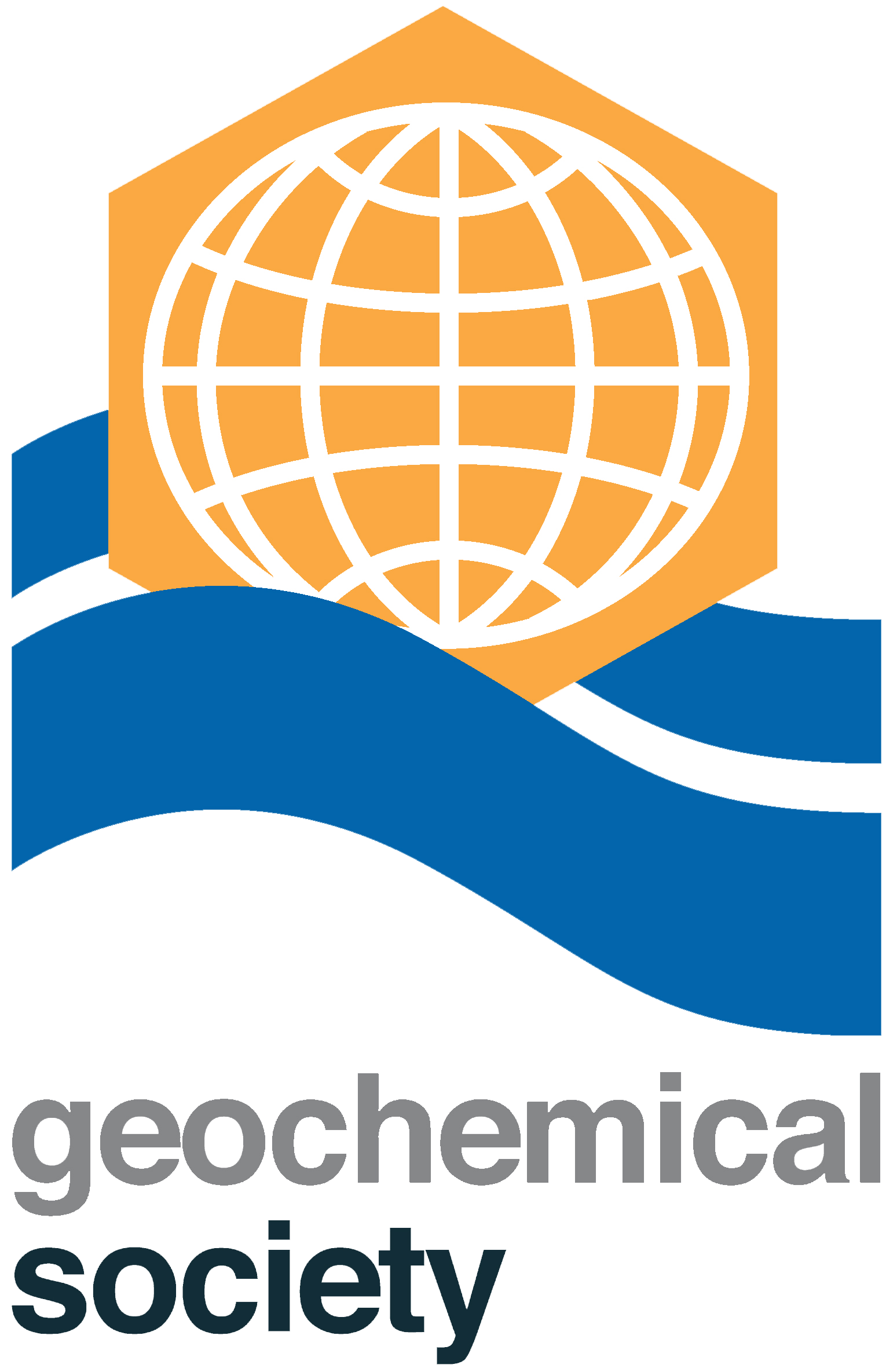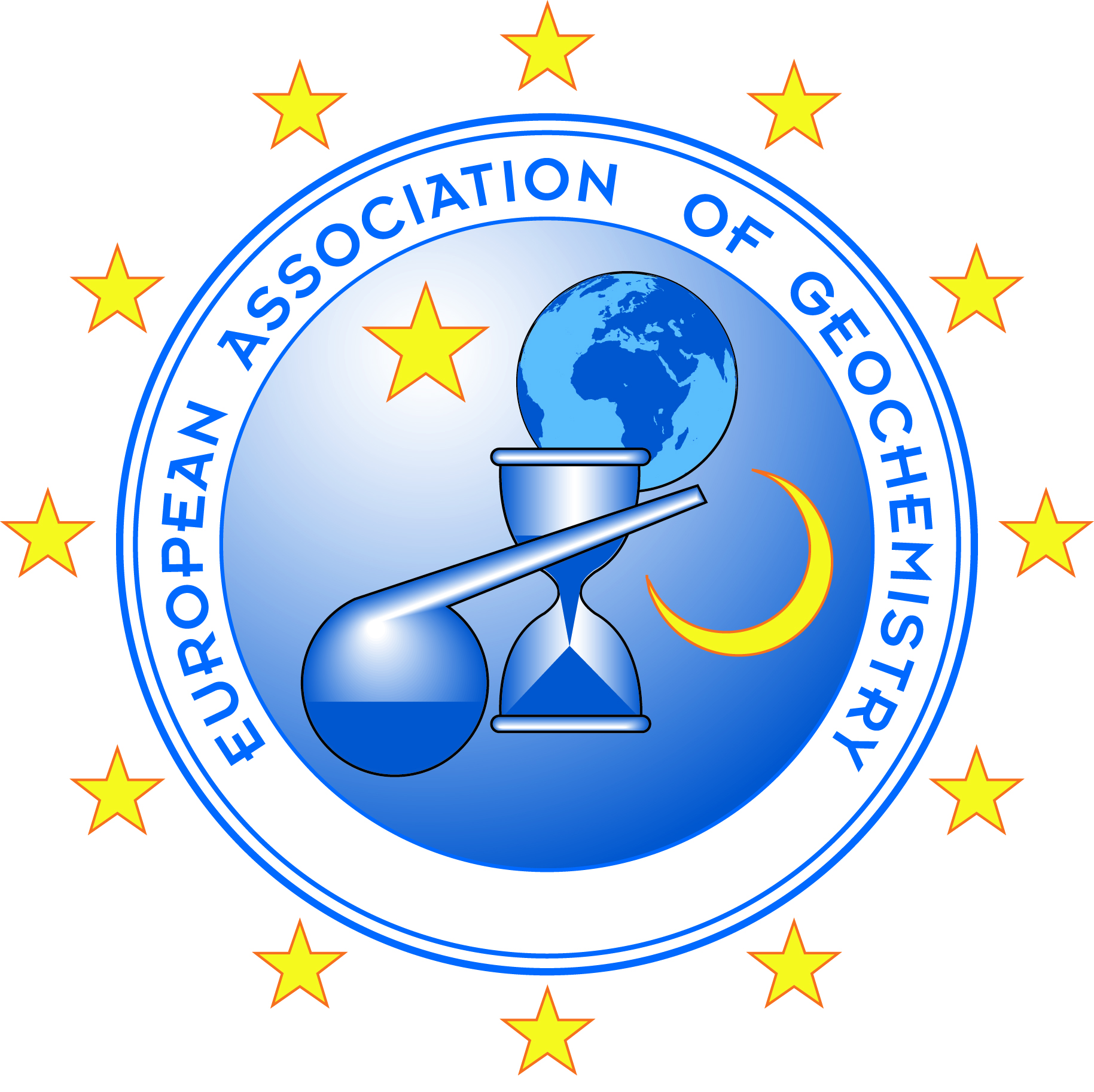Submissions Closed
Over the past decade, it has been increasingly recognized that human health is impacted by the natural, disturbed, and engineered geochemical environments. Understanding the geochemical processes controlling the behavior, transport, and fate of inorganics (e.g., metals, metalloids, radionuclides, mineral dusts, salts, and nutrients), organics (e.g., petroleum hydrocarbons, persistent organic pollutants, volatile and semi-volatile organic compounds, and pesticides), and atmospheric particulate matter (e.g., PM2.5) can help predict their impacts on soils, groundwater, freshwater, the oceans, and in geoengineered substrates and environments. These processes can also influence the bioaccessibility, bioavailability, and ecotoxicological state of these contaminants, and subsequently impact ecosystem and human health. This theme will focus on understanding the geochemistry of contaminants introduced into the natural and built environments by human activities, including geoengineering processes, and assessment of their risks to ecosystem and effects on human health. Special attention will be paid to the interactions between the geochemical environment and the health of humans. Topics addressed could include, but not be limited to emissions of anthropogenic and geogenic contaminants, emerging environmental contaminants, those formed during geoengineering processes, source identification and apportionment of geogenic contaminants, contaminant fate and transport, ecotoxicity and ecological risk, human exposure and health effects, remediation and intervention, and advances in analytical techniques and multi-scale modeling.
-
13aF: "Isotope approaches to characterize human activities on the environment and the impacts of natural resource development"
Submissions Closed
NOTE: This live event includes sessions 13dF, 5eF, 13aF and 12aF, in that order, with no break between them.
-
13aP2: "Isotope approaches to characterize human activities on the environment and the impacts of natural resource development"
-
13aT1: "Isotope approaches to characterize human activities on the environment and the impacts of natural resource development"
-
13bF: "Radon: geogenic sources, hazard mapping, and health risk"
Submissions Closed
NOTE: This live event includes sessions 10cF, 13bF and 13cF, in that order, with no break between them.
-
13bP1: "Radon: geogenic sources, hazard mapping, and health risk"
-
13cF: "Innovative use of tracers in aquatic systems"
Submissions Closed
NOTE: This live event includes sessions 10cF, 13bF and 13cF, in that order, with no break between them.
-
13cP3: "Innovative use of tracers in aquatic systems"
-
13cT1: "Innovative use of tracers in aquatic systems"
-
13cT2: "Innovative use of tracers in aquatic systems"
Submissions Closed
NOTE: This live event includes sessions 13cT2 and 13dT1, in that order, with no break between them.
-
13dF: "Integration of experimental and field data in geochemical reactive transport models and its use for predictive models and long-term performance assessments"
Submissions Closed
NOTE: This live event includes sessions 13dF, 5eF, 13aF and 12aF, in that order, with no break between them.
-
13dP3: "Integration of experimental and field data in geochemical reactive transport models and its use for predictive models and long-term performance assessments"
-
13dT1: "Integration of experimental and field data in geochemical reactive transport models and its use for predictive models and long-term performance assessments"
Submissions Closed
NOTE: This live event includes sessions 13cT2 and 13dT1, in that order, with no break between them.
-
13dT2: "Integration of experimental and field data in geochemical reactive transport models and its use for predictive models and long-term performance assessments"
-
13eF: "Probing metals and environmental surfaces with spectroscopy: Recent trends"
Submissions Closed
NOTE: This live event includes sessions 12gF, 13eF, 13fF and 13gF, in that order, with no break between them.
-
13eP3: "Probing metals and environmental surfaces with spectroscopy: Recent trends"
-
13eT1: "Probing metals and environmental surfaces with spectroscopy: Recent trends"
-
13eT2: "Probing metals and environmental surfaces with spectroscopy: Recent trends"
Submissions Closed
NOTE: This live event includes sessions 13eT2 and 13hT1, in that order, with no break between them.
-
13fF: "Geochemical processes related to mined, milled, or natural metal deposits in a rapidly changing global environment"
Submissions Closed
NOTE: This live event includes sessions 12gF, 13eF, 13fF and 13gF, in that order, with no break between them.
-
13fP3: "Geochemical processes related to mined, milled, or natural metal deposits in a rapidly changing global environment"
-
13fT1: "Geochemical processes related to mined, milled, or natural metal deposits in a rapidly changing global environment"
-
13fT2: "Geochemical processes related to mined, milled, or natural metal deposits in a rapidly changing global environment"
-
13gF: "Geochemistry of arsenic in the environment: source, fate, and remediation"
Submissions Closed
NOTE: This live event includes sessions 12gF, 13eF, 13fF and 13gF, in that order, with no break between them.
-
13gP3: "Geochemistry of arsenic in the environment: source, fate, and remediation"
-
13gT1: "Geochemistry of arsenic in the environment: source, fate, and remediation"
-
13gT2: "Geochemistry of arsenic in the environment: source, fate, and remediation"
-
13hF: "Surface water, groundwater, and soil pollution: sustainable water resources management and novel reactive materials for advanced remediation processes."
Submissions Closed
NOTE: This live event includes sessions 13hF, 13jF and 14aF, in that order, with no break between them.
-
13hP4: "Surface water, groundwater, and soil pollution: sustainable water resources management and novel reactive materials for advanced remediation processes."
-
13hT1: "Surface water, groundwater, and soil pollution: sustainable water resources management and novel reactive materials for advanced remediation processes."
Submissions Closed
NOTE: This live event includes sessions 13eT2 and 13hT1, in that order, with no break between them.
-
13hT2: "Surface water, groundwater, and soil pollution: sustainable water resources management and novel reactive materials for advanced remediation processes."
-
13hT3: "Surface water, groundwater, and soil pollution: sustainable water resources management and novel reactive materials for advanced remediation processes."
-
13jF: "Biogeochemical Fate of Emerging Pollutants in Environmental Media: Origin, Mobility, Reactivity, Fate and Treatment Solutions"
Submissions Closed
NOTE: This live event includes sessions 13hF, 13jF and 14aF, in that order, with no break between them.
-
13jP5: "Biogeochemical Fate of Emerging Pollutants in Environmental Media: Origin, Mobility, Reactivity, Fate and Treatment Solutions"
-
13jT1: "Biogeochemical Fate of Emerging Pollutants in Environmental Media: Origin, Mobility, Reactivity, Fate and Treatment Solutions"
-
13jT2: "Biogeochemical Fate of Emerging Pollutants in Environmental Media: Origin, Mobility, Reactivity, Fate and Treatment Solutions"
-
13jT3: "Biogeochemical Fate of Emerging Pollutants in Environmental Media: Origin, Mobility, Reactivity, Fate and Treatment Solutions"
-
13jT4: "Biogeochemical Fate of Emerging Pollutants in Environmental Media: Origin, Mobility, Reactivity, Fate and Treatment Solutions"



